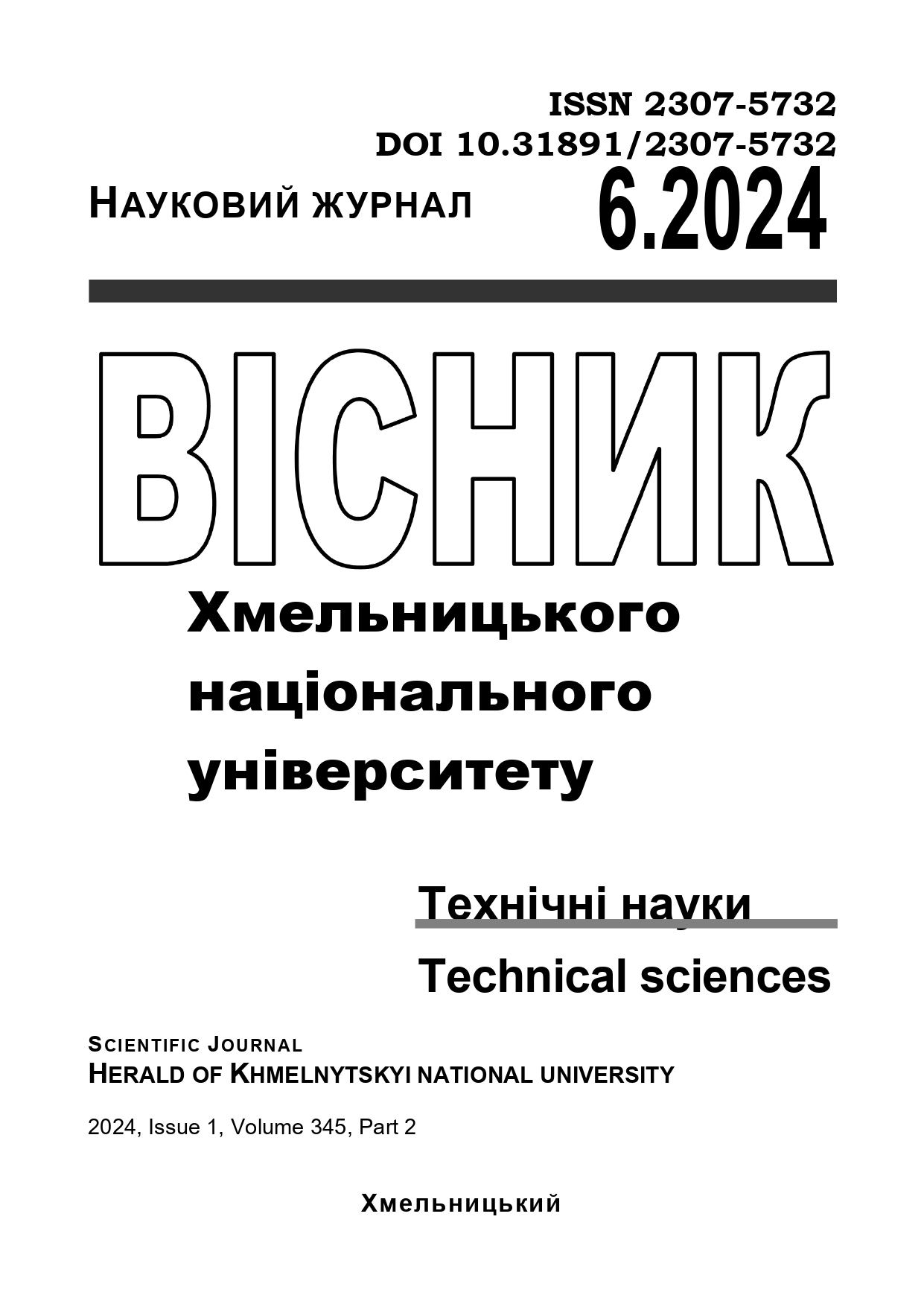ANALYSIS OF MODERN USER AUTHENTICATION METHODS
DOI:
https://doi.org/10.31891/2307-5732-2024-345-6-35Keywords:
user authentication, authentication methods, cryptographic stability, electronic digital signatureAbstract
There are a number of problems in modern asymmetric cryptosystems. They are mostly related to issues of cryptographic stability and acceptable key lengths. The capabilities of computing resources increase every year, which allows legitimate users to receive, process and transmit information faster, but cryptanalysts also remain in the plus - the probability of breaking existing schemes increases, and the time spent by this process decreases. Because of this, there is a constant need to increase the size of the keys, which negatively affects performance.
Due to the above, it can be seen that the so-called combined systems will be an interesting and more than relevant development. Such systems provide double protection: in addition to the standard encryption key, which is widely used in modern cryptosystems, a double protection scheme is provided.
This article analyzes existing authentication methods. These include: password authentication, authentication through a third-party resource, authentication using graphic passwords, authentication using one-time and dynamic passwords, authentication mechanisms using third-party software and hardware tokens, multi-factor authentication, and cryptographic methods. The comparison of the analyzed methods is based on three main groups of characteristics: ease of use, complexity of implementation and security of solutions.
As a result of the comparative analysis, the most promising approach was determined - an approach using cryptographic means, which provides a high level of information protection.
Downloads
Published
Issue
Section
License
Copyright (c) 2024 ВІРА ТІТОВА, ЮРІЙ КЛЬОЦ, ОЛЕНА ПИРЧ, УЛЯНА ШЕМЧУК, ДМИТРО БОЖОК (Автор)

This work is licensed under a Creative Commons Attribution 4.0 International License.

